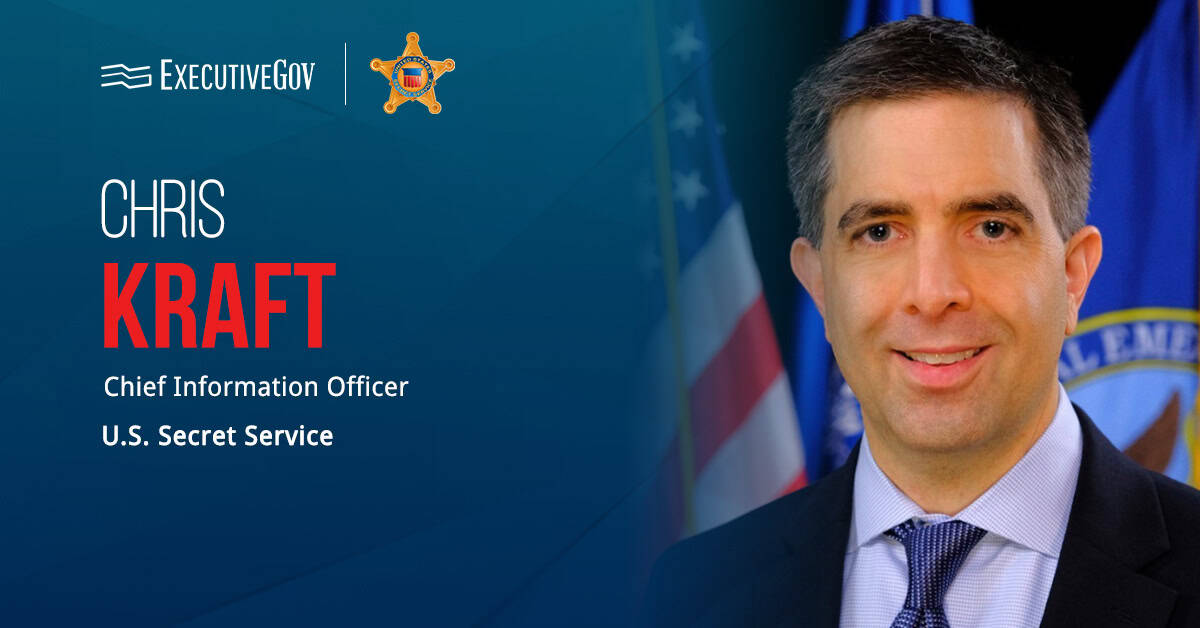HII has completed a test on the MTU 20V 4000 M93L to demonstrate the engine’s viability for use in the U.S. Navy’s Large Unmanned Surface Vessel, or LUSV, program.
The Naval Sea Systems Command said Friday the test involved running the engine for 720 hours, during which human intervention to perform corrective or preventative maintenance was prohibited.
Completion of the test indicates that the engine would be able to power an unmanned ship for 30 days without encountering issues requiring maintenance.
The test on the engine, conducted by HII in partnership with the U.S. Coast Guard on behalf of MTU, was one of four carried out and completed under the LUSV program.
The completion of the tests is mandated by Congress under the 2021 National Defense Authorization Act in order for an engine to be deemed eligible for the LUSV program.





